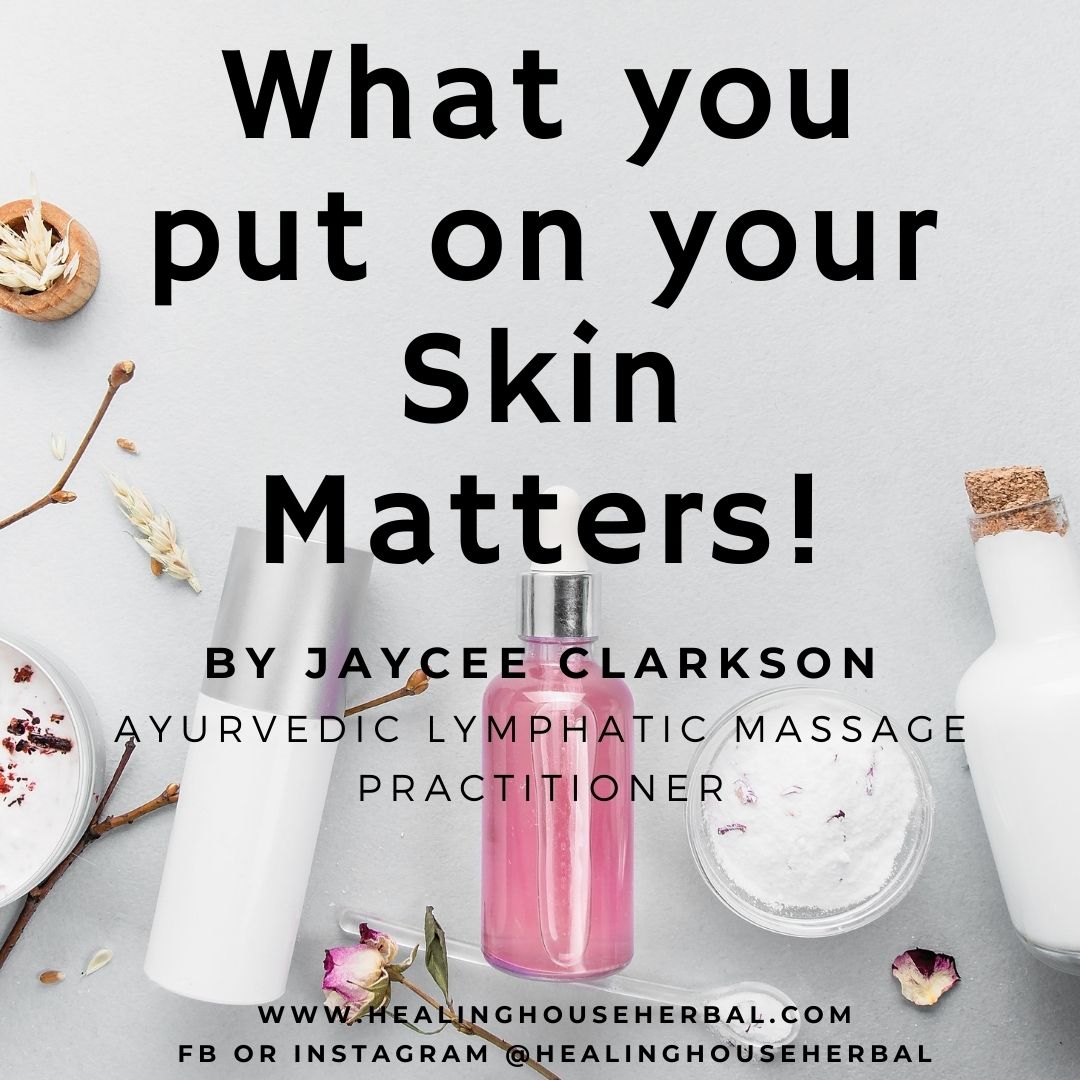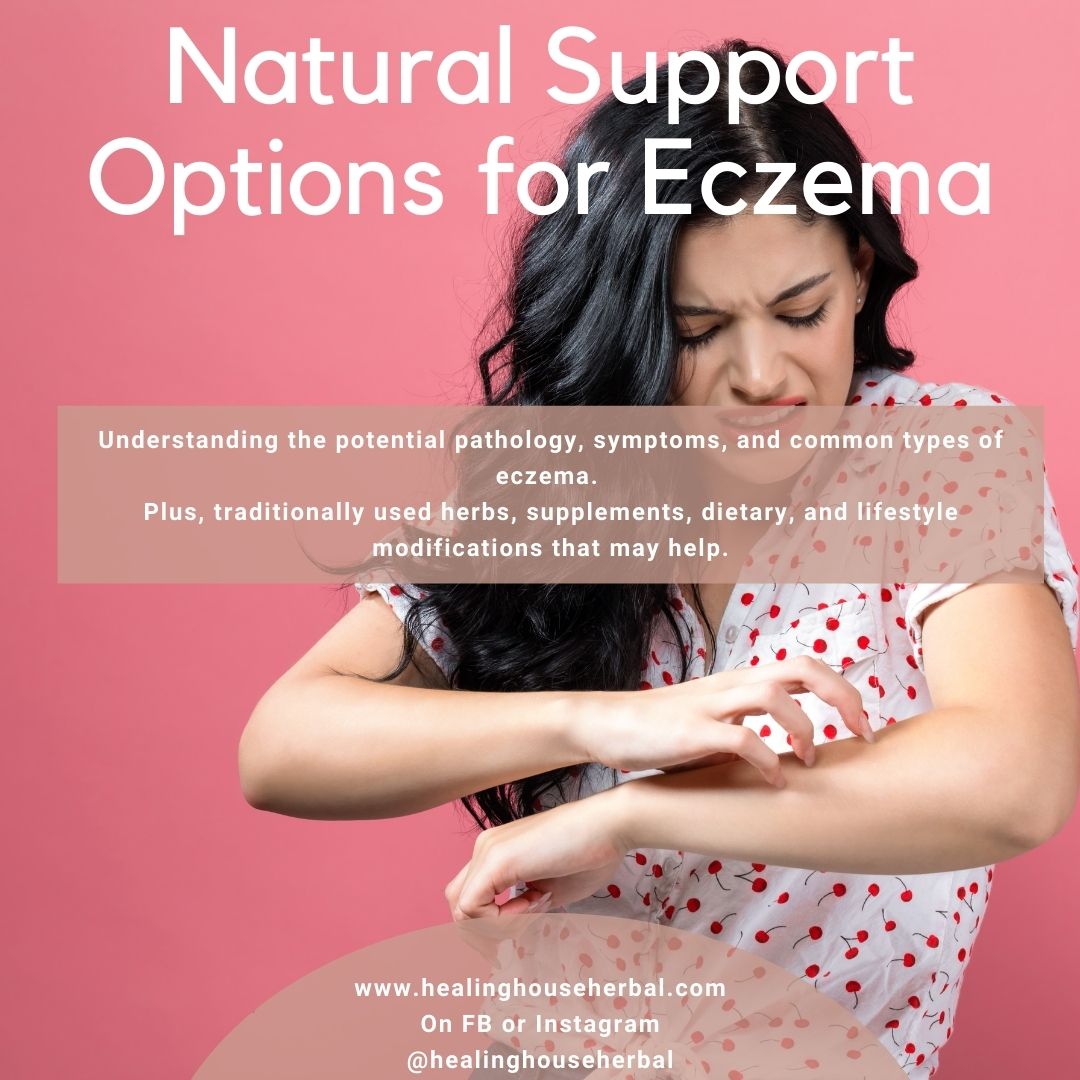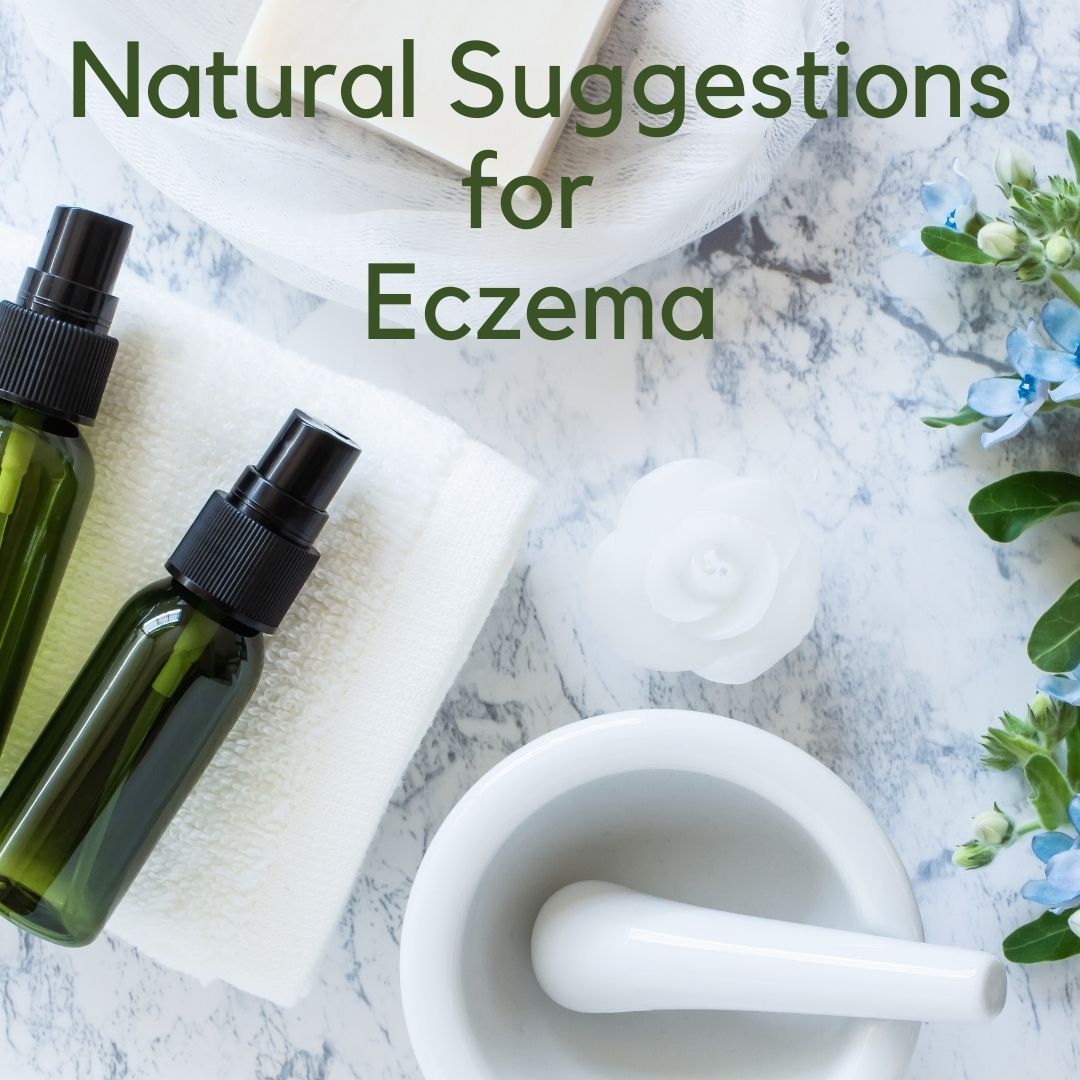What You Put On Your Skin Matters - By Jaycee Clarkson, Ayurvedic Lymphatic Massage Practitioner1/17/2021 What is the first thing you do when you wake up or before leaving the house for the day? Perhaps you soap up in the shower? Wash your face or put on deodorant? Many people have a daily routine that involves putting some sort of product on to the body.
So what really happens when we put something on our skin? Well - the skin is the body’s largest organ of absorption and elimination. What we put on our skin is absorbed and enters our body coming into contact with our tissues, organs, and glands. Seven years ago, I was shocked when I started flipping over my body care products and paying attention to the ingredients. Many of them had long long lists of unfamiliar words and chemical terminology. I was even more shocked when I started discovering what these ingredients were and their potential harmful effects on our health. Below we will look at three super common ingredients in skin and body care products. I encourage you to take a moment and grab a few bottles, be it hand soap, facial moisturizer, or shampoo, to see if the following ingredients pop up… Parabens (Paraben, methylparaben, butylparaben and propylparaben) - Act as preservatives in a variety of cosmetics. They are suspected endocrine disruptors and may interfere with male reproductive functions. Parfum - Any mixture of mystery fragrance ingredients that can trigger allergies and asthma. Some are linked to cancer and neurotoxicity. Some are harmful to fish and other wildlife. Sodium Laurel Sulfate - Used as a foaming agent in products such as shampoos, cleansers and bubble bath. Can be contaminated with 1,4-dioxane, which may cause cancer. Eek! Manufacturers market that these ingredients are present in such small amounts that they are “safe”, but when small amounts of potentially harmful ingredients are used once, or often multiple times a day, they build up in our system and add to our toxic load. When combined with daily exposure to other toxic substances through the air we breathe, the water we drink, and the food we eat, this build up can happen faster than our body’s ability to safely eliminate them. WHAT CAN WE DO? 1. Get informed! • The David Suzuki Foundation has incredible resources including the Dirty Dozen - a list of 12 ingredients to watch out for in skin care. • Another amazing resource is the Environmental Working Group’s Skin Deep database where you can search for products and individual cosmetic ingredients to check their safety rating. 2. Choose simple and pronounceable - Vote with your dollars! By choosing products with short lists of ingredients that you can pronounce we signal to manufacturers that this is what we want to see more of in skin care products. 3. Stay tuned! Next time we will dive into what our skin LOVES and how to nourish it with a focus on plant infused, whole, natural ingredients. If you are like I was many years ago - and you discover a large amount of products containing the Dirty Dozen - my counsel to prevent waste and emotional overwhelm, is to use up what you have and slowly start to transition. It can take time! As you transition, not only will you be reducing your daily dose of chemicals, you will also prevent these substances from entering our waterways, protecting aquatic ecosystems too! Jaycee practices Ayurvedic Lymphatic Drainage Massage and crafts her own line of plant infused skin care products and natural deodorant - check out her website to learn more or contact the office at Healing House to schedule an appointment.
1 Comment
The practitioners at Healing House are not medical doctors. The information supplied is not to be considered as a replacement for advice or prescription drugs from your medical doctor. If you have a health issue, please see your primary care physician first and foremost. Also, please do not self dose with herbs and supplements, please see an appropriate practitioner if you wish to include natural health strategies in your care. Understanding EczemaThe terms eczema and dermatitis are synonymous with these types of skin reactions. Eczema can be acute in nature (sudden onset) or it can be chronic (long term), the term eczema refers to a grouping of disorders that share similar clinical features but may have different causes. In either case, an eczematic flair may have several factors involved, these can be environmental, systemic, or potentially food sensitivity based. In addition to these reactionary standards, there are different types of eczema, the most common being Atopic, Seborrheic, Discoid, and Irritant/Allergic contact Eczema (Contact Dermatitis). A short description of the types will be discussed below. Atopic EczemaAtopic eczema is one of the most common types. It is categorized by prolonged hypersensitivity to environmental factors. This can include things such as pollen, dust, foods, chemicals, or pets. There is often a strong genetic predisposition in this type of eczema and may include other factors such as asthma, hay fever, and food allergies/sensitivities. This type of eczema has increased 2 to 5-fold since the early 1980s, and now potentially affects up to 1 in 10 individuals during their lifespan. The reasoning behind this is not clear in standard western medical practice. However, in natural medicine circles, it is thought to be caused by the increase of chemical usage in foods, care products, household cleaners, and so forth, all contributing to something called ‘Toxic Load Reaction’. Most commonly this type of eczema is seen in children and young adults, and though onset may happen after the age of 30, it is not common unless it takes place in a pregnant individual. Atopic eczema looks different at different ages and in individuals of different skin colors, some of the features and symptoms may include:
Seborrheic EczemaAnother common form of eczema, Seborrheic eczema is thought to affect up to 2%of the population. This type of skin reaction is most seen in areas of the skin where sebaceous glands are most numerous, such as on the scalp, forehead, eyebrows, eyelids, ears, cheeks, and on the chest or between the shoulder blades, and can include dandruff or a cradle cap type infection. Often times this type of reaction is marked by a red or pink rash with non-regular edges, and can also include a yellowish greasy looking scale, because of this it can be easy to mistake this type of Eczema with psoriasis. This type of eczema is one of the most common types seen in infants usually during their first 3 months of life and is seen in adults between the ages of 30 and 70. The disorder is more common in men, often runs in families, and can be made worse in cold weather. This type of eczema is also commonly found in individuals with HIV and AIDS, but is also commonly seen in individuals under large amounts of stress, and those with neurological disorders such as Parkinson’s disease. Some of the symptoms associated are as follows:
Discoid/Nummular EczemaDiscoid, or nummular eczema is a persistent, usually itchy rash with inflammation that is characterized by circular shaped spots with tiny blisters, scabs, and scales. Most commonly this type of eczema presents itself on the lower legs, forearms, and backs of the hands. It can at times be mistaken for ringworm, but unlike ringworm, it does not have a red border around the outside edge. Like most types of eczema, the cause is unknown. There are two common peaks of onset for this type of eczema, those being in young women aged 15 to 30, and middle-aged adults of both sexes. Some of the symptoms associated are as follows:
Contact Eczema/DermatitisContact dermatitis is an acute or chronic condition with itching and inflammation. It mostly results from exposure to substances in the environment caused by allergens, soaps, detergents, organic solvents, or other substance of food based environmental triggers. It can also be caused by such familiar things as allergies to dogs and cats or contact with some plants such as poison ivy or poison oak. Some of the most common symptoms and causes are as follows:
When one approaches eczema from a holistic standpoint, it is important to remember that all parts of the body and individual are related. In saying this, a practitioner who is trained in holistic applications will look at the individual’s current emotional health, stress levels, nutritional habits, environmental exposure, medications, and all body systems to gain a full picture of the potential issue Traditionally Used Herbs
Commonly Used SupplementsHealing House carries the full line of Genestra, Douglas Labs, Pure Encapsulations, Seroyal, and Wobenzym supplements. Supplements generally arrive within 48 hours. There is no cost for shipping supplements within Canada.
Dietary and Lifestyle Modifications
As you can see, eczema is a multi faceted condition with various types and possible triggers. If you would like to reach out to ask any questions or have a no cost initial meet and greet to discuss your current wellness issues, please feel free to contact the office directly. I hope you enjoyed this article and found its content useful. In health and wellness, Petra - CHT, Herbal Medicine References:
|
Petra Sovcov is not a Medical Doctor (MD) nor a Naturopath (ND), she is a Clinical Herbal Therapist (CHT) and holds a Doctorate in Natural Medicine (DNM). The suggestions or recommendations made on this site are not meant to be a substitute for advice from your MD, or as a substitute for any prescriptions you may be taking. Suggestions followed will be the responsibility of the reader, and are stated with the intention of interest and education only. If you have a health issue, please see your primary care physician (MD) first and foremost. Categories
All
Archives
July 2024
|




 RSS Feed
RSS Feed